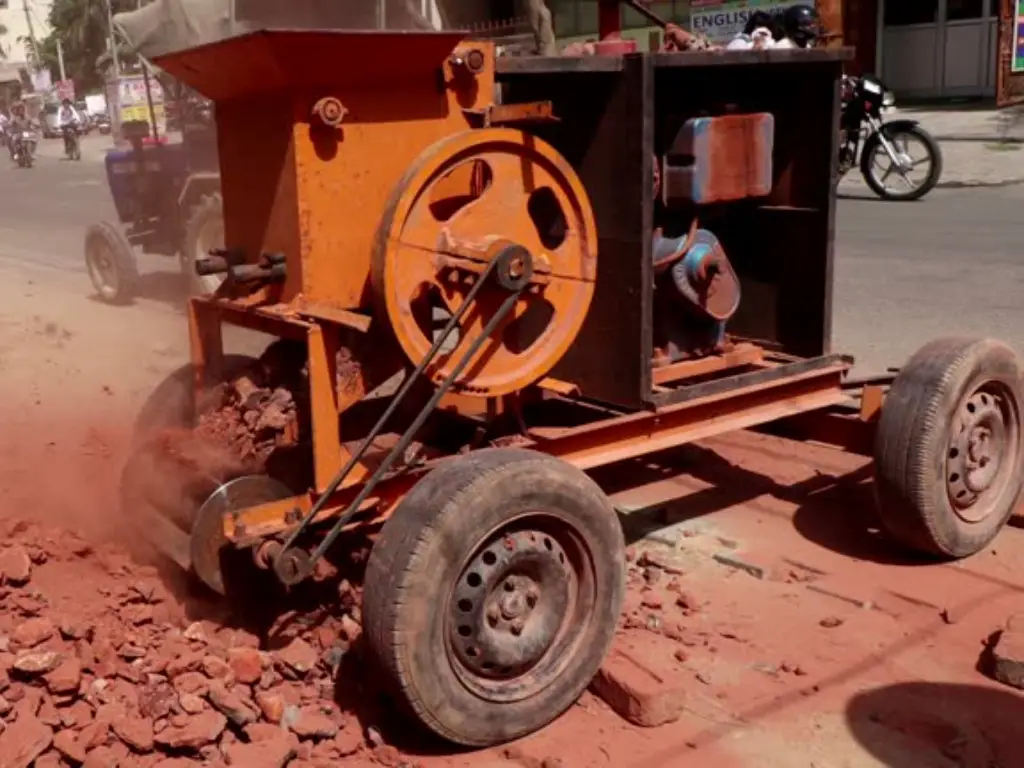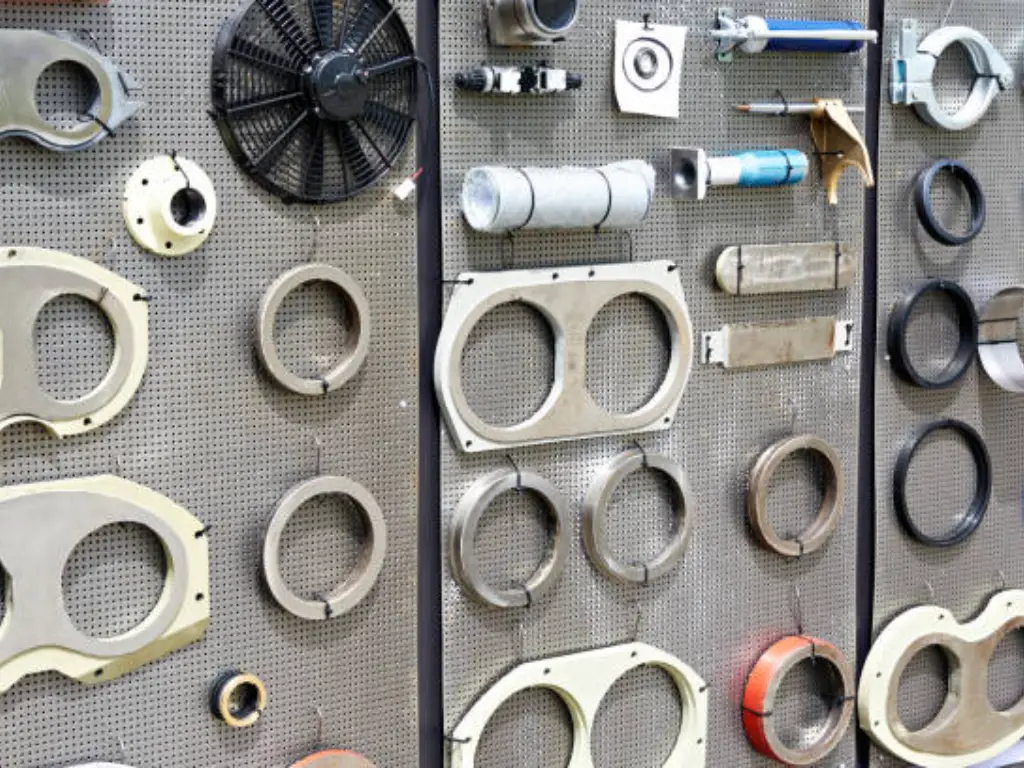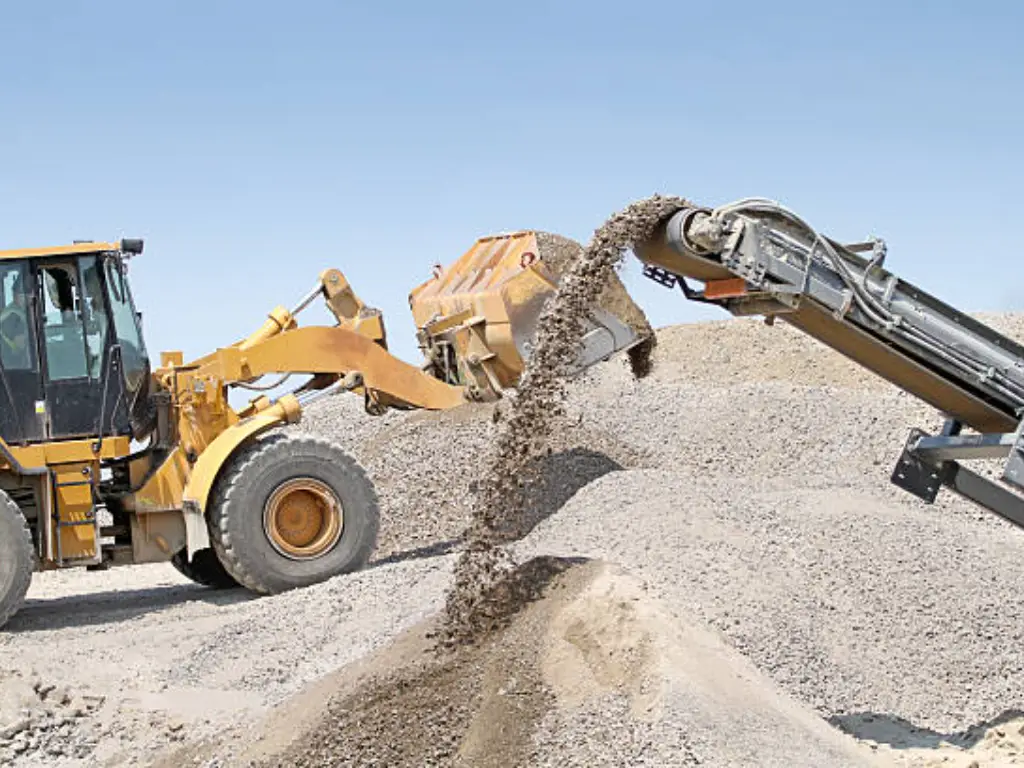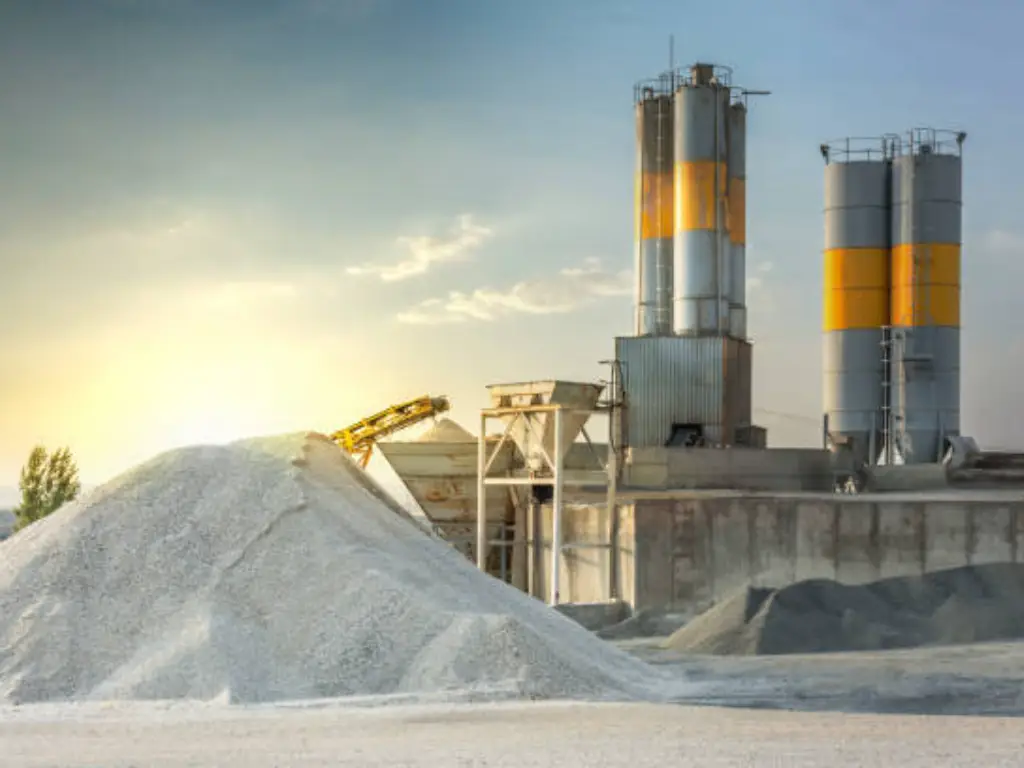- Home
- Blog
- Mineral Solution
- 10 Uses of Copper: Discover Its Versatile Applications
What is Copper?
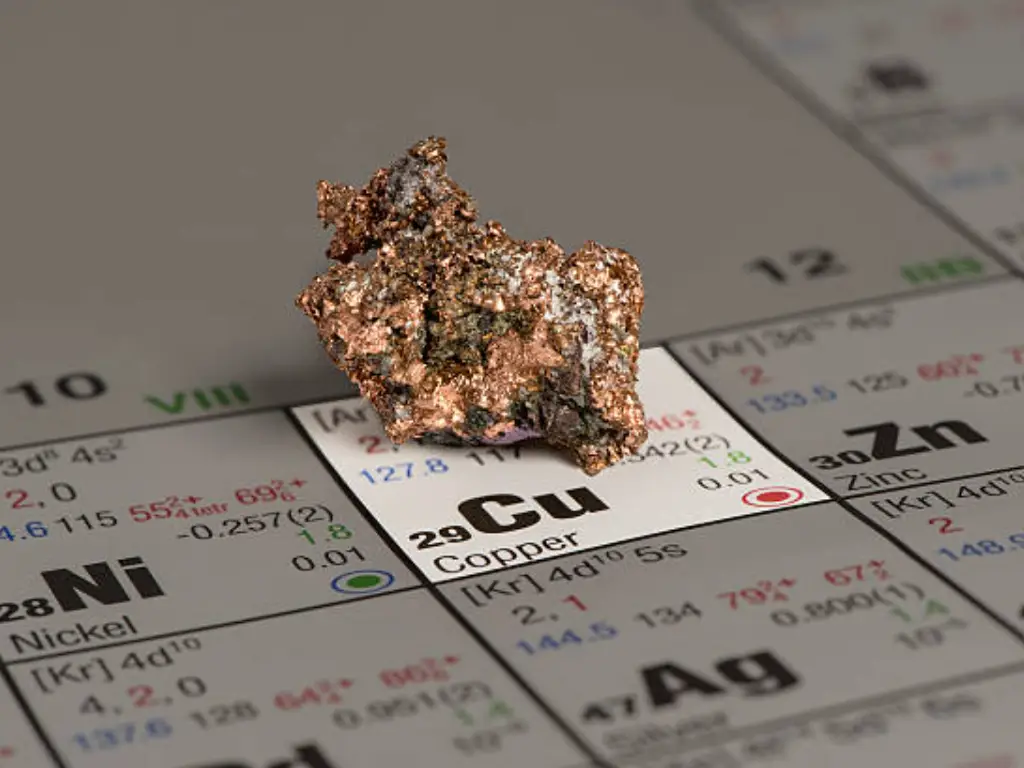
Copper is a ductile and malleable material that is highly conductive, corrosion resistant and has antimicrobial characteristics. Located on the periodic table with the symbol Cu, copper has been used for thousands of years because of its ability to be easily bent and stretched. Its production includes extraction, often from the ground, in locations such as Chile, and refining to obtain copper or copper alloys. Environmentally, copper is advantageous since it can be recycled fully, meaning that there is no constant mining and the material has a small impact on the environment. The British Geological Survey notes that copper is essential in the modern world due to its characteristics that make it suitable for use in industries that require efficient conductors of electricity and heat.
Pure Copper vs. Alloys
| Property/Feature | Pure Copper | Copper Alloys |
|---|---|---|
| Conductivity | Excellent conductor of electricity and heat | Good to excellent, depending on the alloy |
| Corrosion Resistance | High resistance to corrosion | Enhanced resistance in specific alloys like brass and bronze |
| Strength and Durability | Soft, easily shaped and formed | Improved strength and durability, varies by alloy |
| Common Uses | Electrical wiring, plumbing, cookware | Marine hardware, coins, musical instruments, industrial machinery |
| Categories | Single-element metal | Brass (Copper-Zinc), Bronze (Copper-Tin), Beryllium Copper, Nickel Silver |
| Magnetic Properties | Non-magnetic | Non-magnetic or slightly magnetic, depending on alloy |
| Appearance | Reddish-brown with a shiny surface | Varies, can be yellow, brown, or silver depending on the alloying elements |
| Antimicrobial Properties | Strong antimicrobial properties | Varies, alloys like brass also exhibit antimicrobial properties |
| Recyclability | 100% recyclable | 100% recyclable, similar to pure copper |
| Cost | Generally more expensive due to purity | Often less expensive due to the presence of other metals |
What are the 10 Uses of Copper?
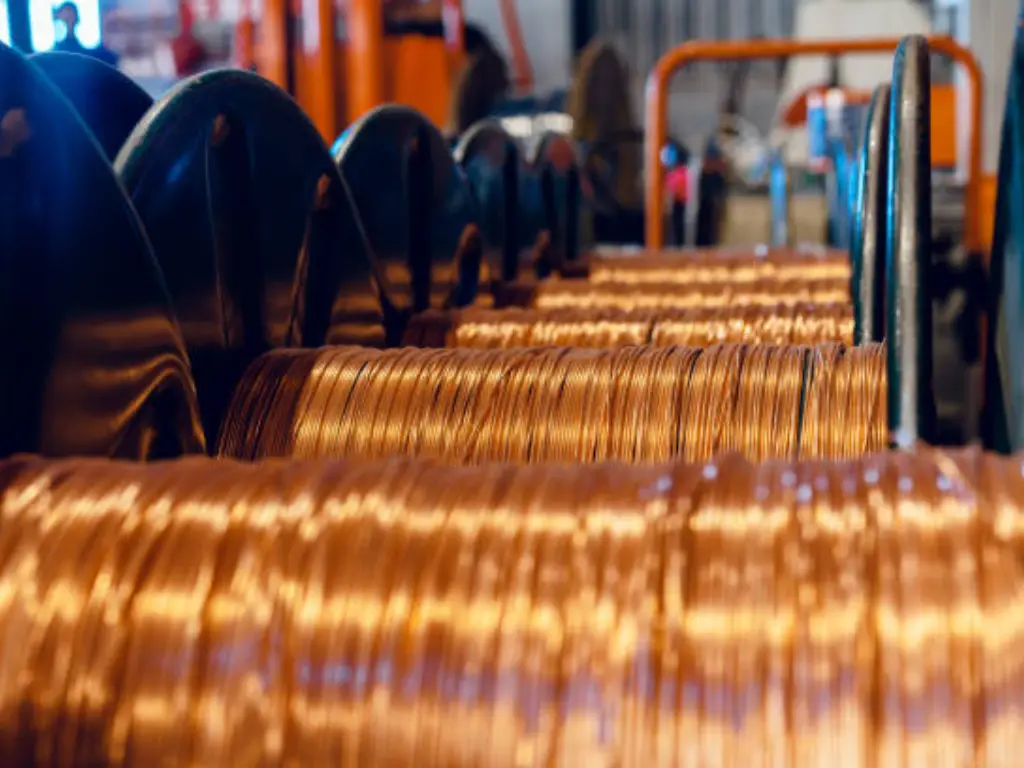
Copper is a very useful metal that is used in many products ranging from common household items to sophisticated technological instruments. Here are ten prominent uses:
Jewelry
Copper is commonly used in jewelry and is usually combined with other metals to make strong and beautiful ornaments. The fact that it can develop patina over time is a plus since it gives each piece a different look. Copper also has antibacterial qualities which are helpful for people with skin sensitivities, as they are less likely to have an allergic reaction. Sterling silver is a copper-silver alloy that is used in fine jewelry since it has the best characteristics of both metals.
Coinage
Copper is long-lasting and does not corrode easily, which is why it is suitable for use in making coins. Copper alloys like bronze and brass are used in the production of many coins in the world today. Copper has been used in coins since the earliest of times and up to the present time because of its durability and the ease of making the coins. It also has antimicrobial properties that assist in the prevention of the spread of germs through physical currency.
Electrical wiring
Copper is widely used in electrical wiring which is one of the most important applications of the metal. The electrical conductivity of copper is very high that it is the most used material in electrical applications such as power and communication. Copper wiring is used in homes, buildings and in industrial machinery for the efficient and safe distribution of energy. It also has good corrosion resistance which makes it ideal for use in electrical applications and it is also durable.
Pipeline
Copper tubing is one of the most common materials used in plumbing systems in homes and business establishments. It is non-corrosive and anti-microbial making it ideal for use in potable water systems that will last long. Copper is heat resistant and therefore ideal for hot water lines and heating systems. Also, copper is flexible and can be used in different plumbing systems and can be installed or replaced easily.
Electric motors
Due to its high conductivity and ability to withstand wear and tear, copper is used in electric motors. These motors are used in many applications including domestic appliances, commercial appliances, and industrial uses. Copper windings in electric motors enhance efficiency and performance, which results in energy conservation and environmental protection. Electric vehicles have also contributed to the demand for copper in this sector as their development continues to progress.
Door knobs and Pull handles
Copper is preferred in door knobs and pull handles because it has antimicrobial characteristics. These surfaces can eliminate viruses and bacteria and are suitable for use in homes, offices, and especially hospitals. The fact that copper and its alloys are also very durable and have a pleasing appearance also makes them ideal for use in architectural applications where they serve both form and function.
Chemical equipment
Copper is commonly used in chemical equipment because it is not easily attacked by most chemicals such as sulfuric acid. It is used in heat exchangers, pressure vessels and reactors to provide long service in severe chemical service. Copper also has good thermal conductivity which is useful in heat transfer processes which are common in industries.
Transportation
Copper is widely used in the transportation sector especially in electric cars and trains. Copper wires and parts are used in electrical systems of automobiles to guarantee efficiency and safety. Copper is also used in wind turbines and electric vehicles, which are part of the shift towards renewable energy and green mobility.
Medical facilities
Due to its antimicrobial nature, copper is very useful in health-related facilities. It is applied in medical devices and surfaces to prevent the spread of infections acquired in the hospital. Copper alloys are also used in surgical instruments and implants due to the copper’s compatibility with the human body and its ability to last a long time. New medical technologies are still being created and copper is being used in new ways in these technologies.
Musical Instruments
Copper and its alloys are widely used in musical instruments for example in brass instruments. The metal gives a deep, resonant sound that musicians prefer, due to its acoustic qualities. Copper’s ductility enables the crafting of instruments to fine details, thus leading to the production of quality music with accurate tones. Brass is a metal that is made from copper and zinc and is widely used in the construction of trumpets, trombones, and saxophones.
How is Copper Extracted and Processed?
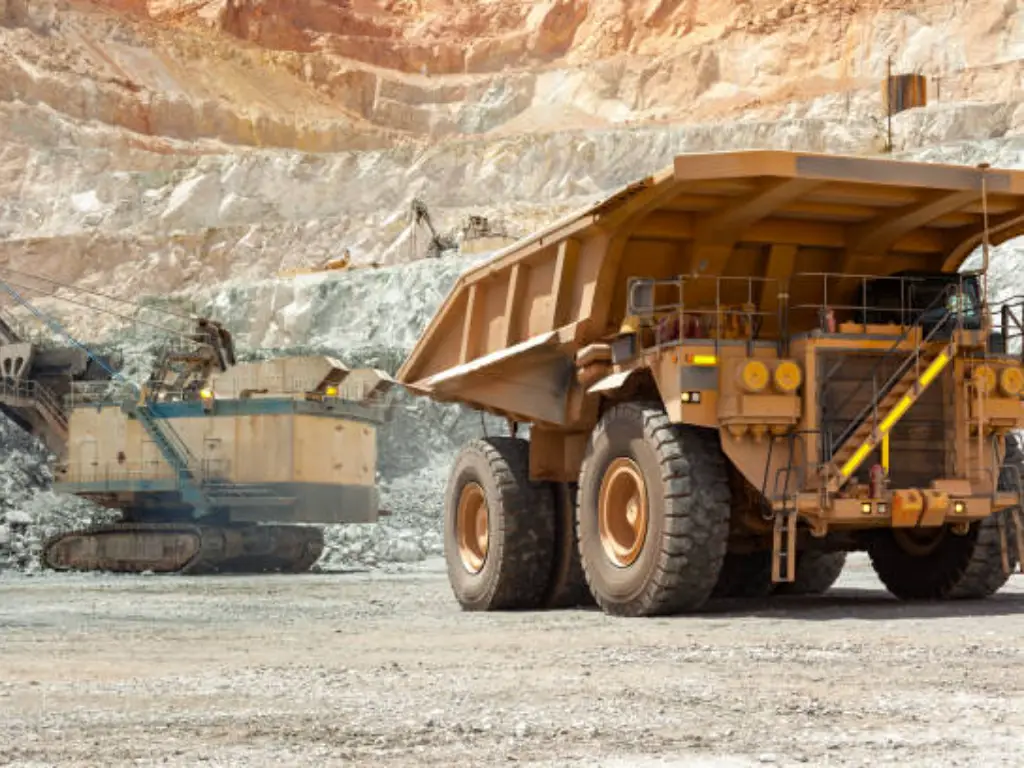
Copper extraction starts with mining, which is usually done in areas such as Chile, which has large deposits of copper. The process begins with the blasting of the ore from the open-pit or underground mines. After that the ore is conveyed to crushers where it is crushed into smaller sizes. This crushed ore is then ground into a fine powder using ball mills or rod mills. The powdered ore is then sent to flotation cells where chemicals are added to make copper minerals float to the top of the cells leaving the waste rock or gangue behind.
The concentrated copper ore, which is in the form of a slurry, is transported to a smelter. In the smelting process, the concentrate is exposed to high temperatures of over 1200 degrees Celsius which causes the copper to melt and separate from the unwanted materials. The molten copper known as matte is then taken to a converter where it is further refined by blowing air or oxygen through it to burn out the sulfur and iron. Last of all, the copper obtained is subjected to electrolytic refining in electrolytic cells. Here, an electric current is passed through a solution containing copper ions, and the copper ions are reduced to form pure copper which deposits on the cathode plates. This process results in high purity copper that is ready for use in different applications.
Essential Equipment for Copper Extraction and Processing
● Crushers: Employed to reduce the size of the extracted ore into more manageable sizes. These are used in the initial stage of copper extraction to condition the ore for the other processes. Types include jaw crusher, cone crusher, roll crusher, impact crusher, hammer crusher.
● Ball Mills: Cylindrical machines that contain steel balls that help in grinding the crushed ore into a fine powder. This step is very important in the process of freeing copper minerals from the surrounding material.
● Rod Mills: They are similar to ball mills but the grinding media they use are long rods. They are employed when a finer particle size is not required, as they provide another way of grinding.
● Vibrating Screens: Used after grinding to help in the separation of fine particles from the larger ones. This helps in achieving a uniform size distribution for the flotation process hence enhancing efficiency.
● Flotation Cells: Tanks where chemicals are added to the ground ore slurry to form a froth that floats copper minerals away from waste rock. This step is important for the purpose of increasing the concentration of copper ore.
● Blast Furnaces: Applied in the smelting process to heat the copper concentrate to temperatures in excess of 1,200 degrees Celsius. This causes copper to melt and at the same time, the impurities are separated from copper.
● Flash Furnaces: Another type of furnace used in the process of smelting is a more advanced type of furnace than the blast furnace, which is characterized by a shorter time for processing and higher efficiency.
● Converters: Employed after smelting to refine the molten copper by blowing air or oxygen through it to remove sulfur and iron.
● Electrolytic Cells: Used in the last step of refining in which an electric current is passed through a solution of copper ions and the pure copper settles at the cathode plates.
● Thickeners: Applied in the concentration process to enhance the mass per unit volume of the slurry to ease handling and processing in the other stages.
Conclusion
Over the years, copper has become more diverse in its uses in different modern technologies. Copper is widely used in circuit boards and HDSL wiring due to its high conductivity and reliability in today’s telecommunications and computing. The Copper Development Association also notes the rising usage of copper in renewable energy applications such as transformers for wind power and electric cars. Copper surfaces are also being considered for their self-sanitizing features, which help to minimize the transmission of viral organisms in hospitals. In addition, the special features of copper sulfate are used in the agricultural and industrial fields. The demand for copper wire in cell phones and other electronics is still on the rise due to the rising amount of copper needed for the new features. Copper is still used in various applications such as doorknobs, railings, cookware, and plumbing fittings because of the material’s durability and appearance. With the rising global production of copper, new applications of copper and its alloys will be discovered to advance different sectors and disciplines.
Trust JXSC for Your Copper Extraction Needs
JXSC Mine Machinery Factory is one of the most reliable and experienced manufacturers of copper extraction and processing equipment. JXSC has been focusing on the production of various mineral processing equipment since its establishment in 1985, especially copper. They offer a wide variety of equipment including the stone crushers, concentration devices, magnetic separators, and feeder equipment. JXSC has passed BV and ISO 9001 certifications, which guarantees the quality of the mining machine, the scientific and rational design of the processing flow, and the satisfaction of after-sales service. JXSC also offer engineering consultation, mineral processing experiments, mine design, installation, commissioning, and personal training, which makes them a full-service copper extraction company.
JXSC has also exhibited in international fairs in countries such as the USA, Russia, South Africa, Peru, Mongolia, Indonesia, Ghana, Burma, and Abuja. These have enabled them to foster cooperative relations with mines in over 60 countries as they have the experience in the industry. Their management principle of regarding the customer as God makes sure that all the equipment needs are met with speed and efficiency. JXSC’s overseas engineers and installation teams can help with the installation of equipment and guarantee the safe and high-quality transportation of equipment, which makes them a good partner for any mining project. When you deal with JXSC, you can be free from worry from the time of consultation to the commissioning stage, which will reduce the construction time and bring you early returns on your investment.
FAQs
What are the environmental effects of copper mining?
The effects of copper mining are as follows; loss of habitat, soil and water pollution, and emission of greenhouse gases. But these effects can be managed by practicing responsible mining and recycling. The copper industry becomes more environmentally friendly to minimize the negative impact on the environment.
What are the economic effects of copper production?
Copper is an important product in the world economy since it creates employment and boosts the GDP in the mining areas. The use of copper in technology and renewable energy industries contributes to economic development. But changes in the price of copper affect economies that rely on the exportation of copper.

